The addition of more original paintings by the late Alice Moseley significantly expands the collection of the museum named in her honor.
- story by Steve Barney
Alice Latimer Moseley was born in 1909 in Birmingham, Alabama. Her privileged upbringing was humbled by the stock market crash of 1929 and the subsequent Great Depression. As a result, Alice’s father lost his high-paying job at a steel plant, and tragically succumbed to suicide. Subsequently, Alice dropped out of University to attend to her mother and sister. She then married and moved to Memphis, where she started her long career as a schoolteacher.
In the 1960s, Alice’s mother, suffering from Alzheimer’s, moved to Memphis, where Alice again found herself caring for her. Alice started painting as a way to work through her grief and depression. At first, she used old house paint and shingles and other found objects to paint on. Alice found painting as a way to tell the stories she remembered from her upbringing in Birmingham and life in Memphis. After her mother passed away, Alice decided to try her luck selling her work at flea markets. To her delight, her work sold well, and she started to attract the notice of art critics and galleries. After her husband’s retirement, the couple moved to Pope, Mississippi, where they lived until her husband’s death. Luck – or perhaps fate – brought Alice to Bay St. Louis. In 1988, Alice received invitations to attend art shows in various cities. Her assistant chose the Beach Front Festival in Bay St. Louis. At the spry age of 80 years old, she loaded up her car and drove to Old Town Bay St. Louis where she met Jerry Dixon, the unofficial artist ambassador for Bay St. Louis, and fell in love with the town. Alice said, “Now that's not a coincidence. That's my destiny. I had never heard of Bay St. Louis, much less been there.” Months later, Alice moved into her beloved “Blue House” on Bookter Street, where she lived for 14 years, painting and selling her art until her passing in 2004. Lonnie Falgout, Executive Director of the Alice Moseley Folk Art and Antique Museum, fondly recalls meeting and getting know Miss Alice in 2001. Falgout said, “If you look at what she’s drawn and what she painted or the notes she wrote or the teaching she did, it all depicts life. What’s good, what’s bad, what it is and what’s the truth in life. Alice was a storyteller.”
Miss Alice’s style and subject matter changed over the years as her proficiency and skill was honed. Alice was a prolific painter, producing hundreds or perhaps 1,000 paintings in her later years; the exact number is not known.
Her work is on display free to the public at the Alice Moseley Folk Art and Antique Museum on the Second floor of the historic L and N Train Depot, just a stone’s throw from Miss Alice’s Blue House. The museum’s collection of Alice’s work is curated by Lilyana Gandour, the museum’s director of operations. Gandour is an art historian who has analyzed every aspect of Alice’s work. Gandour explains, "Alice considered herself a historian and an idyllic folk artist; she would try to find the positive in most situations.” She continues, “Alice’s paintings romanticize the past, while at the same time reminding the viewer that while people experienced hardship, they led full lives. The characters portrayed in Alice’s paintings experienced pain, cruelty and hardship, but likewise love, joy, and the comfort that a supportive family can provide. For Alice, her paintings were a way to honor those hard-working people who faced adversity.” Over the last few months, Falgout and Gandour have worked to expand the collection of Miss Alice’s paintings at the museum. The museum recently received 30 original paintings from Dennis Smith. Mr. Smith was a student in Alice’s English class outside of Memphis. Some scenes were influenced by the emergent jazz and blues scene in Memphis, while others depict farming in the age of sharecroppers. Some of the paintings were commissioned by Mr. Smith himself. Additional works have been acquired from the estate of Yancy Pogue and Carter Church, noted Bay St. Louis artists who collected Miss Alice’s work. More paintings have been donated by longtime museum benefactors Michael and Joan Krawcheck as well (Mike Krawcheck is Alice’s nephew). There are scenes depicting her time in Bay St. Louis and her excursions to New Orleans. While most of her work is whimsical and humorous, some of the recent acquisitions are notably sad and melancholy. Gandour explains, “These new paintings tell historical stories of time and place.” She adds, “Humanity really shines through, and visitors will get a sense of who she was by looking at her work.” The museum is working with digital producer Katrina Niolet to digitize the collection. Katrina stated, “We are in the process of creating new high-resolution images of all of the artworks in the museum's collection.” She adds, “The images will be for archival, an online gallery and for prints for sale.” Including prints and originals, the museum now displays 140 pieces of Alice’s work. If you’ve been to the museum, it’s time for a return visit. The new additions give a glimpse into the life and times of the 20th century rural south and cement Alice Moseley’s legacy in the folk art movement. Comments are closed.
|
Categories
All
Archives
July 2024
|
Shoofly Magazine Partners
Our Shoofly Partners are local businesses and organizations who share our mission to enrich community life in Bay St. Louis, Waveland, Diamondhead and Pass Christian. These are limited in number to maximize visibility. Email us now to become a Shoofly Partner!

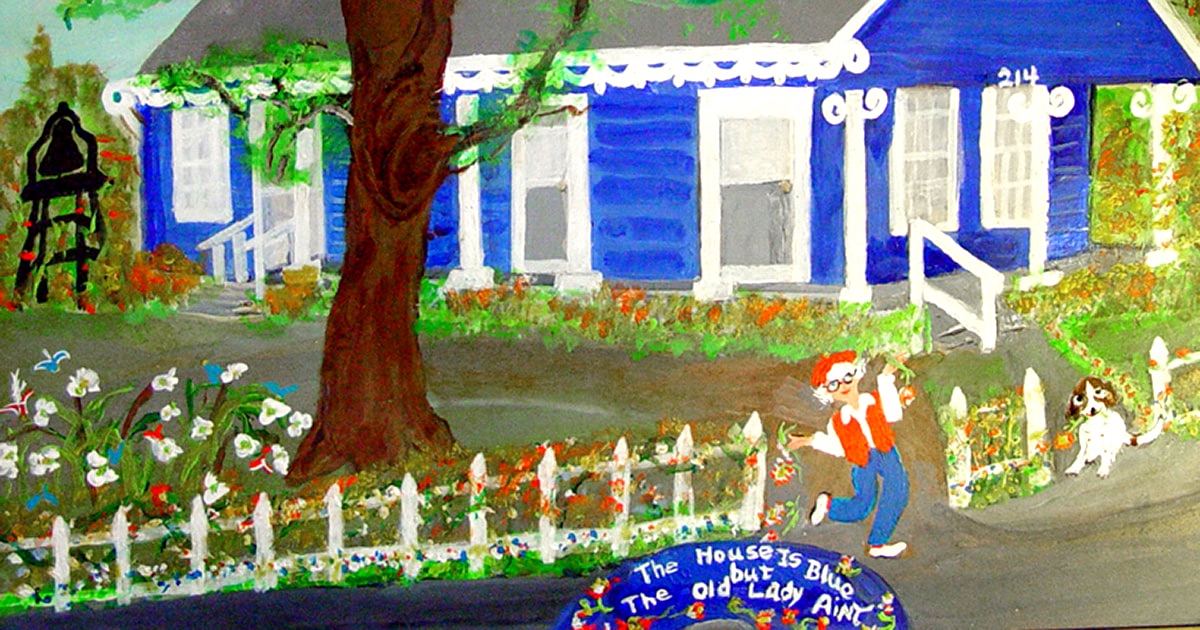
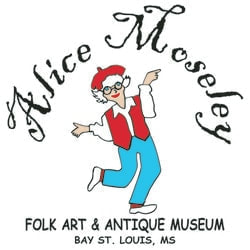


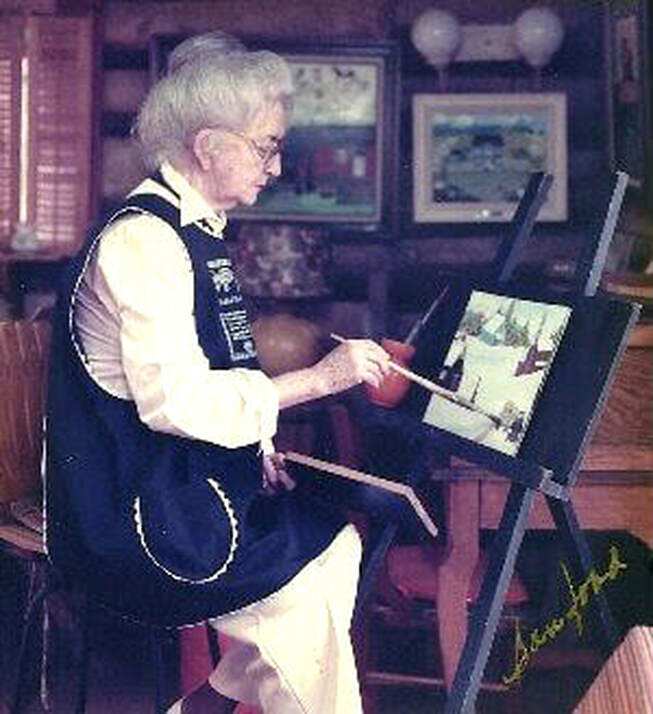

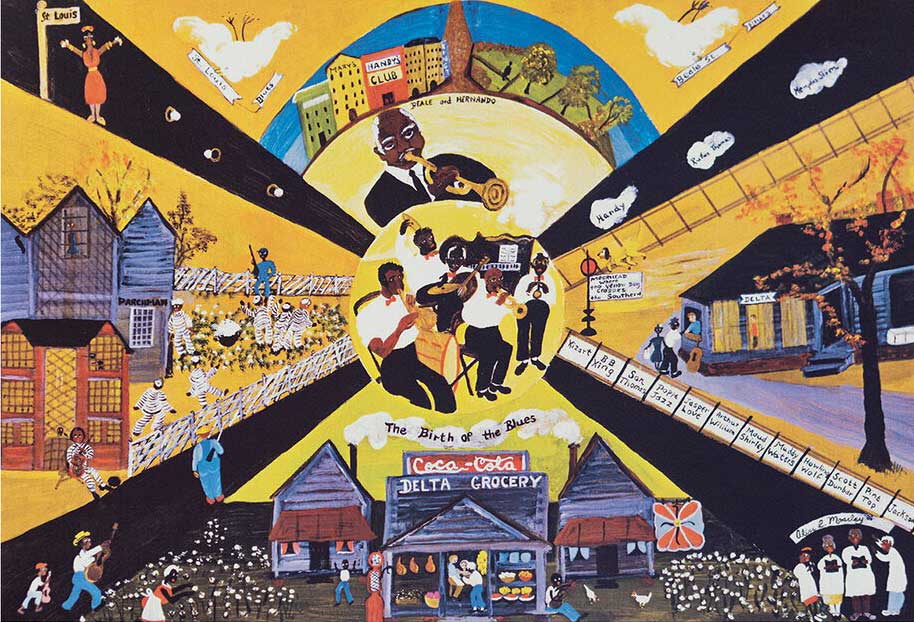
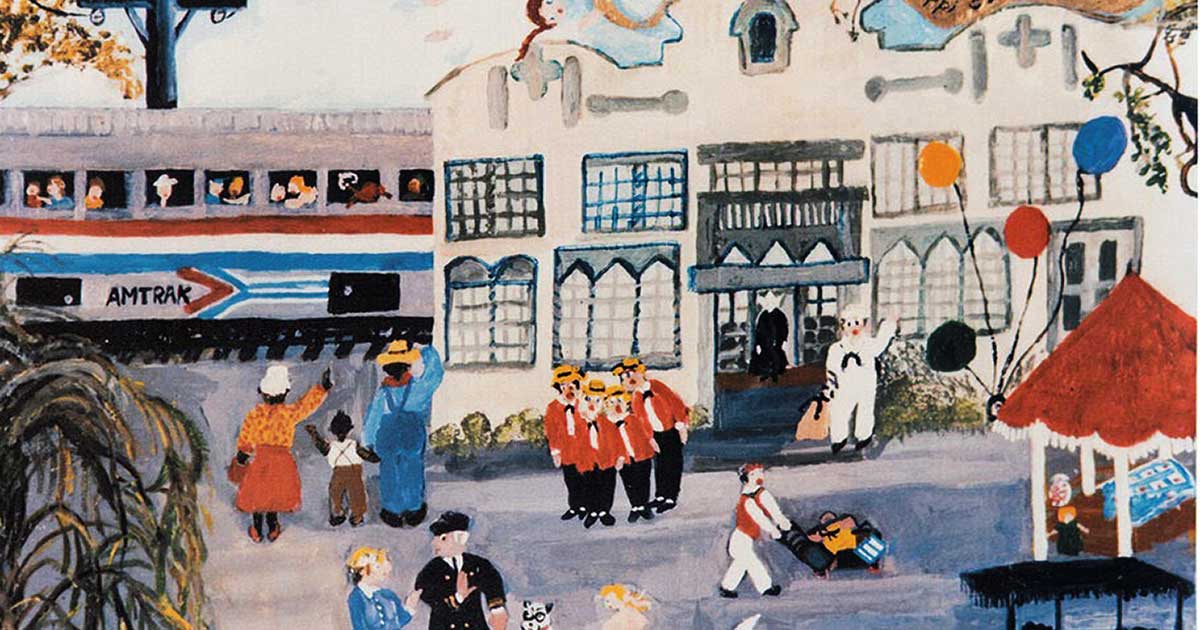
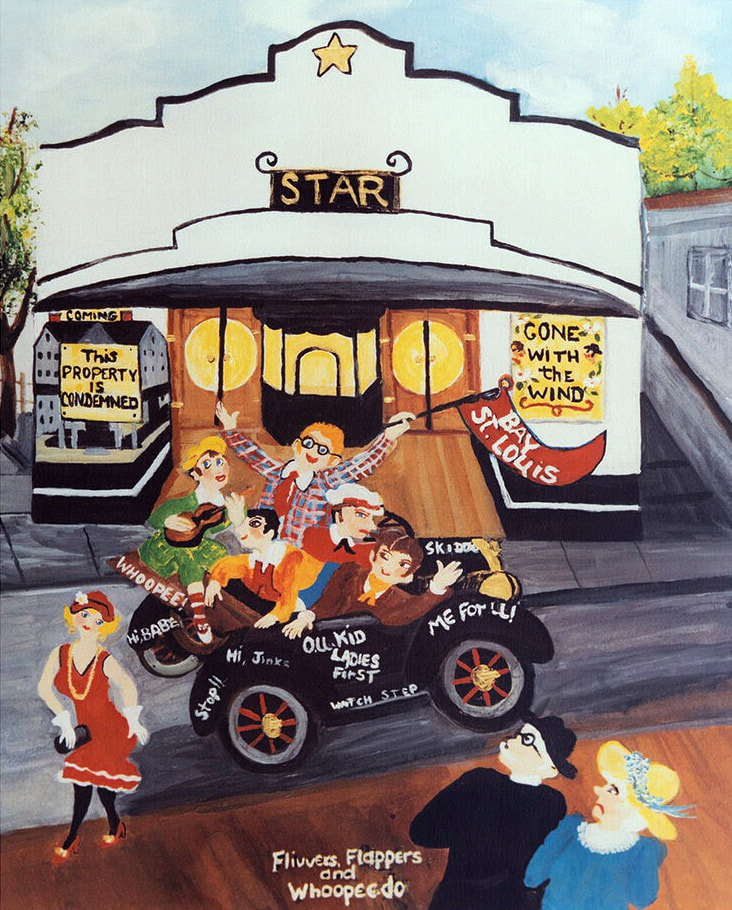
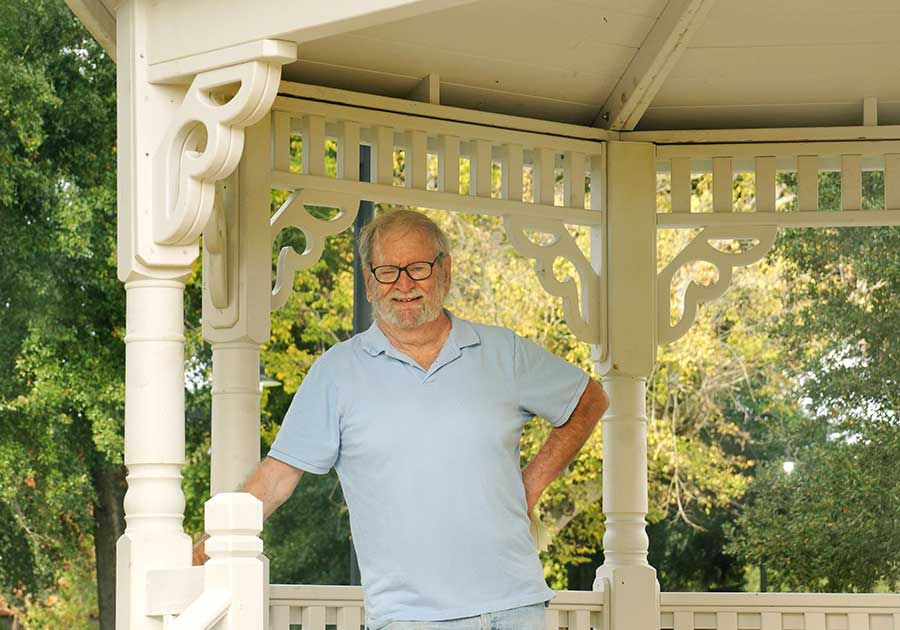

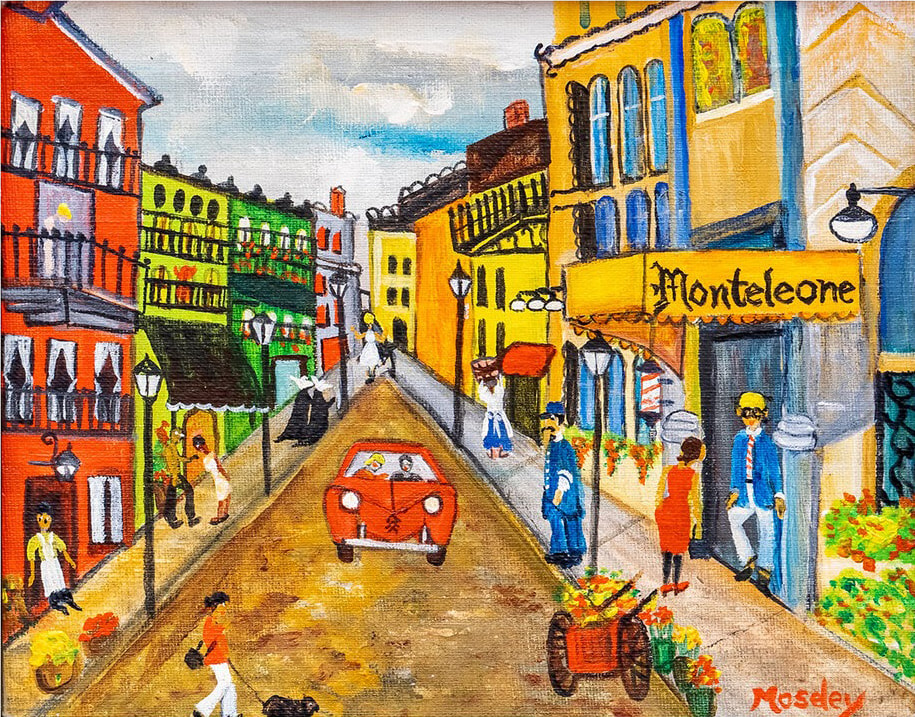

























 RSS Feed
RSS Feed























